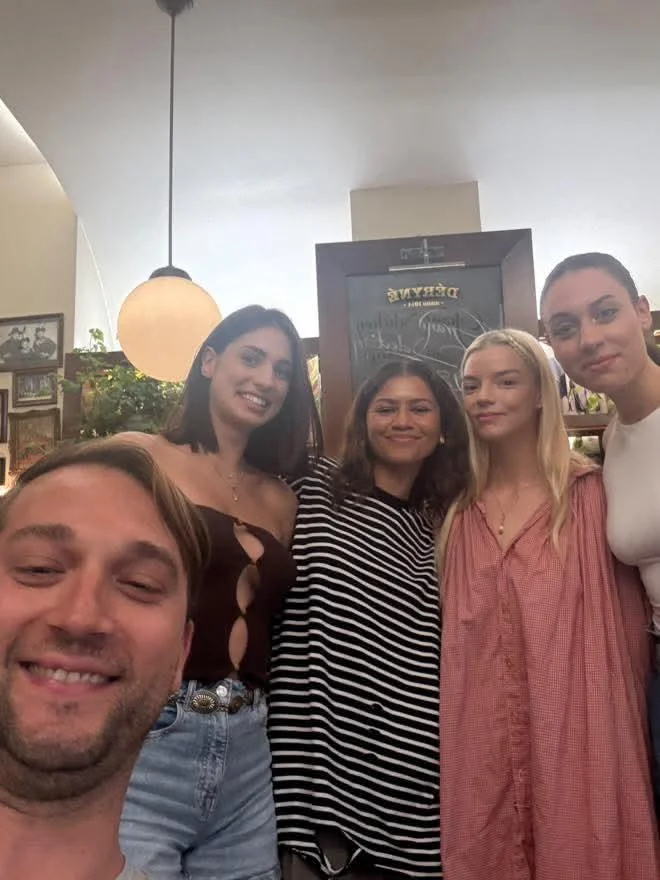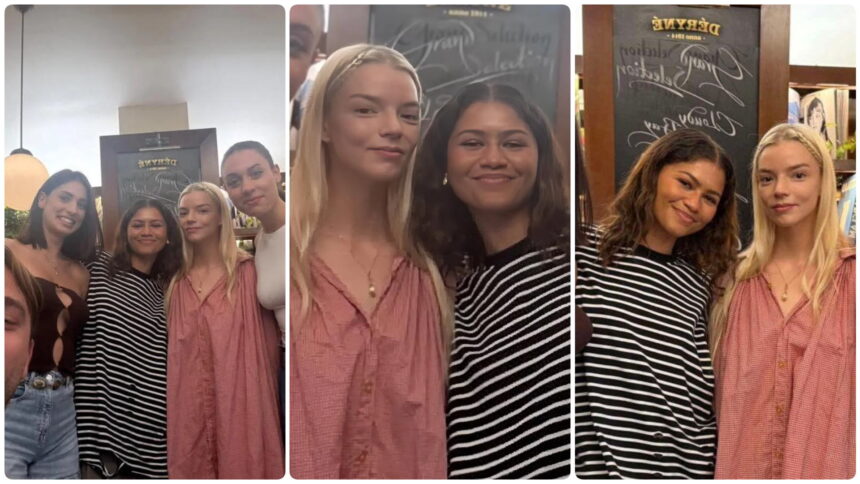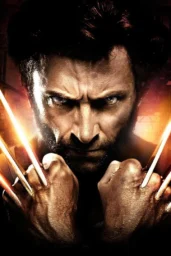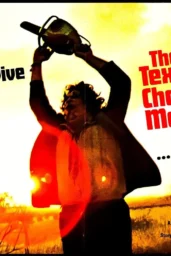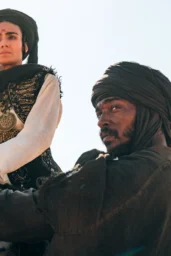There's something surreal about watching a franchise that once felt niche—philosophical, strange, impenetrably slow—become a global blockbuster. Dune has always been about paradox. Power and rot. Prophecy and delusion. Heroism and fascism. So when two of the most luminous modern actresses—Zendaya and Anya Taylor-Joy—are photographed strolling through Budapest like it's a casual weekend getaway rather than the staging ground for galactic destiny, you pause.
You pay attention.
Because this isn't just a set visit. This is the quiet ignition of something massive.
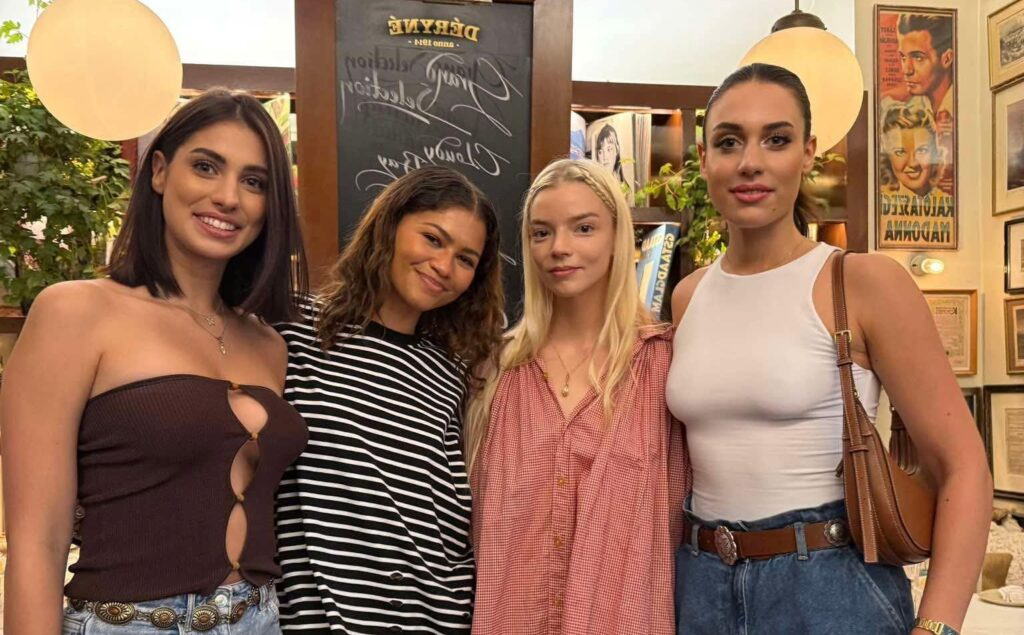
Yes, Dune: Part Three is Officially Shooting
Let's confirm the obvious: Dune: Part Three is now in active production at Origo Film Studios in Budapest. That's the same location where the first two chapters—Dune (2021) and Dune: Part Two (2024)—were shot. We've known Denis Villeneuve wanted to complete the trilogy, adapting Frank Herbert's Dune Messiah, but until recently, the studio kept things cryptic.
Then came the sightings.
Zendaya—who will reprise her role as Chani, the Fremen warrior with a burning gaze—and Anya Taylor-Joy—whose role as Alia Atreides was teased in Part Two—were seen exploring the Hungarian capital. Fans posted images of them taking selfies with locals, which, let's be honest, feels oddly charming for a film about religious manipulation and the collapse of empires.
Timothée Chalamet was also spotted in the city, which only further cemented what was already murmuring beneath the surface. The band's back together. The war continues.
And yes, the release date is locked: Dune: Part Three will hit theaters on December 18, 2026.
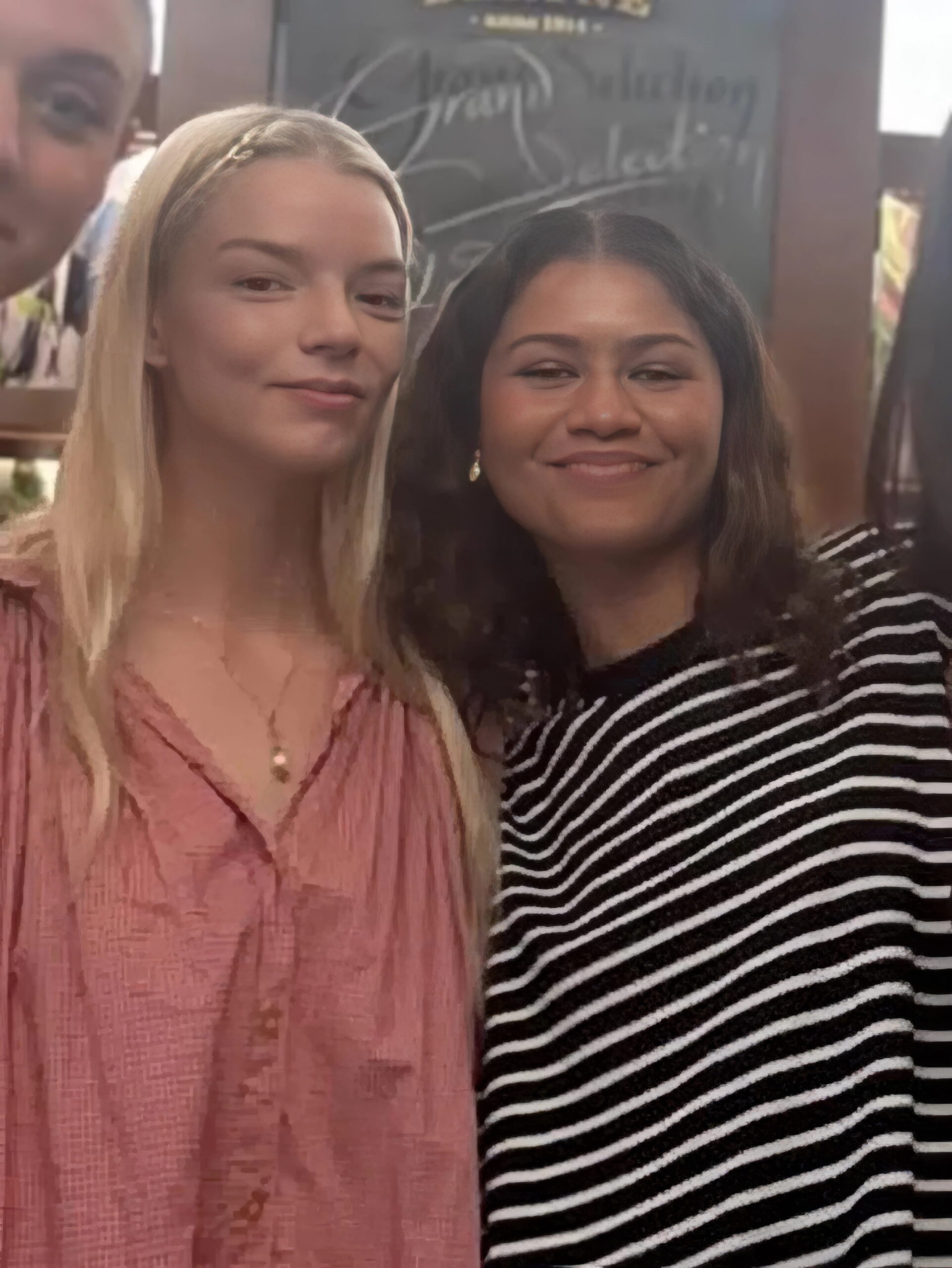
The Arrival of Alia
Now, let's talk Anya.
If there's one casting move that makes perfect, terrifying sense—it's this. Taylor-Joy stepping into the role of Alia Atreides, the pre-born, preternaturally aware sister of Paul, is a bit of genius. Alia is one of Herbert's most disquieting creations: an oracle in the body of a child, a walking paradox, and the embodiment of “too much power too soon.” In the books, she's barely five and already a killing machine.
Villeneuve's choice to delay her reveal until Part Three—saving her for the climax rather than stuffing her into the tail end of Part Two—shows he understands tempo. He understands myth.
And let's be real, Anya Taylor-Joy has the eyes for it. The bone structure. The madness waiting behind stillness. If Zendaya's Chani is fire and sand, Anya's Alia will be the creeping tide of religious fear.
You can feel it already—this won't be a “final installment” in the traditional sense. This is where things spiral.
Dune's Uneasy Relationship With Destiny
Look, I've been in the room when Dune: Part One premiered at Venice. People weren't sure. It was cold, aloof, hypnotic. Then came Part Two, and something cracked open. The choreography, the darkness, the weight of prophecy—it hit like an asteroid.
Villeneuve is building something mythic, but also bleak. The hero's journey inverted.
And that's the trick with Part Three. There is no final victory. Only consequence. Only echo. That's why the studio quietly confirmed it will not be titled Dune Messiah, even though it adapts that novel. They're sticking with Dune: Part Three, keeping the branding consistent, sure—but maybe also hinting that this world isn't quite finished with us yet.
This Cast Is Unfair
Let's not gloss over the sheer ridiculousness of this ensemble. Zendaya. Timothée. Anya. Rebecca Ferguson. Javier Bardem. Austin Butler. Florence Pugh. Josh Brolin. Christopher Walken. It's as if Villeneuve assembled a dream team of mood, menace, and bone structure.
And yet—despite the star wattage—it's the tone of the thing that really matters. The pacing. The dread. The sun-baked hallucination of it all.
Budapest becomes the canvas again. And under its skies, we'll get to see Paul's prophecy unravel. Chani's rage boil over. Alia's nightmare take form.
I've got chills just typing this.
